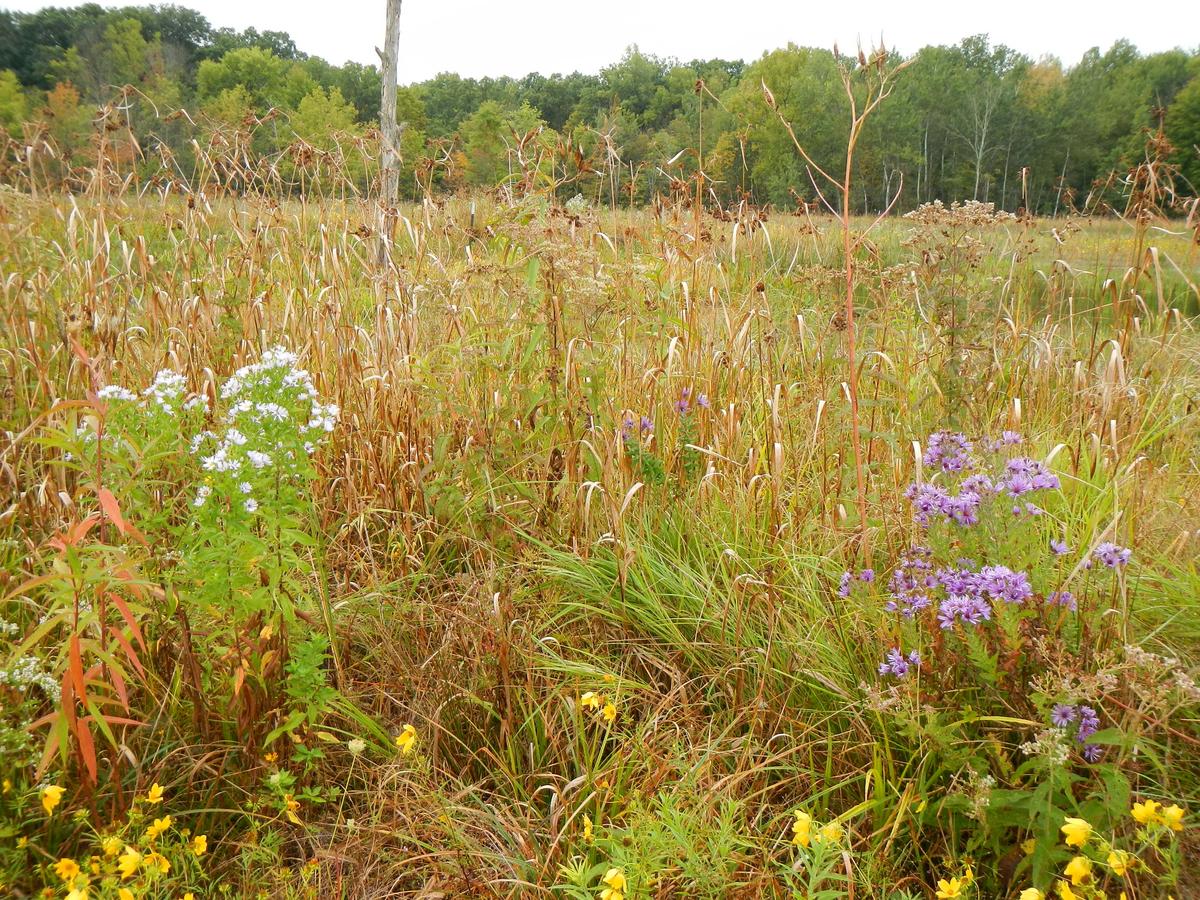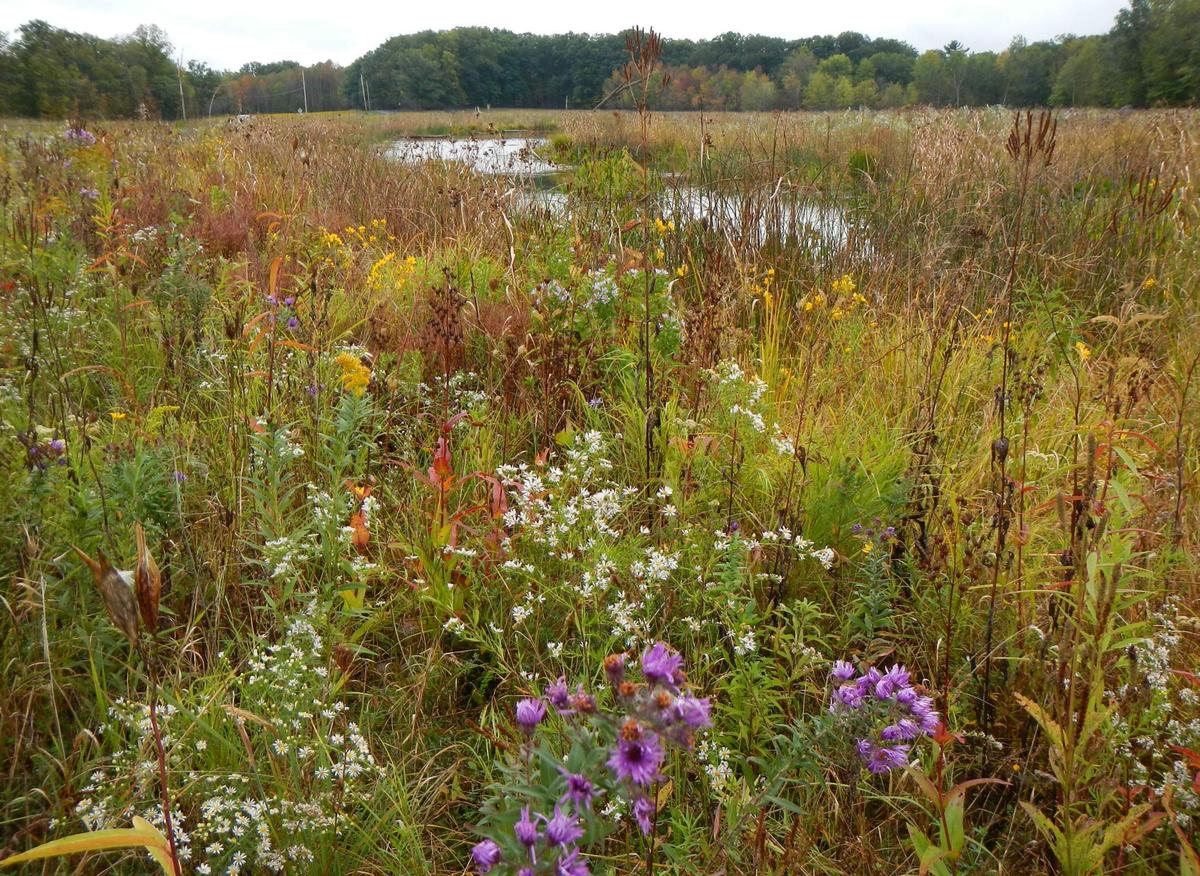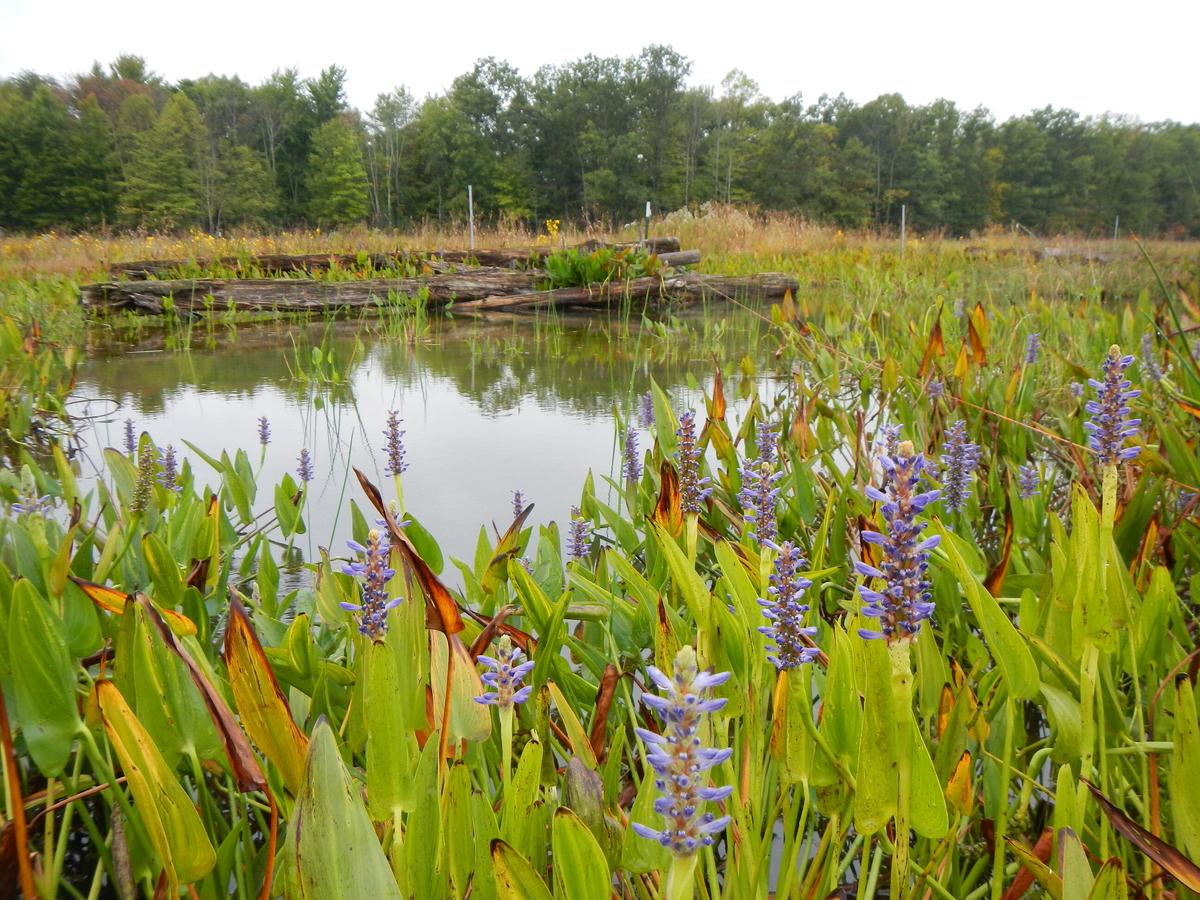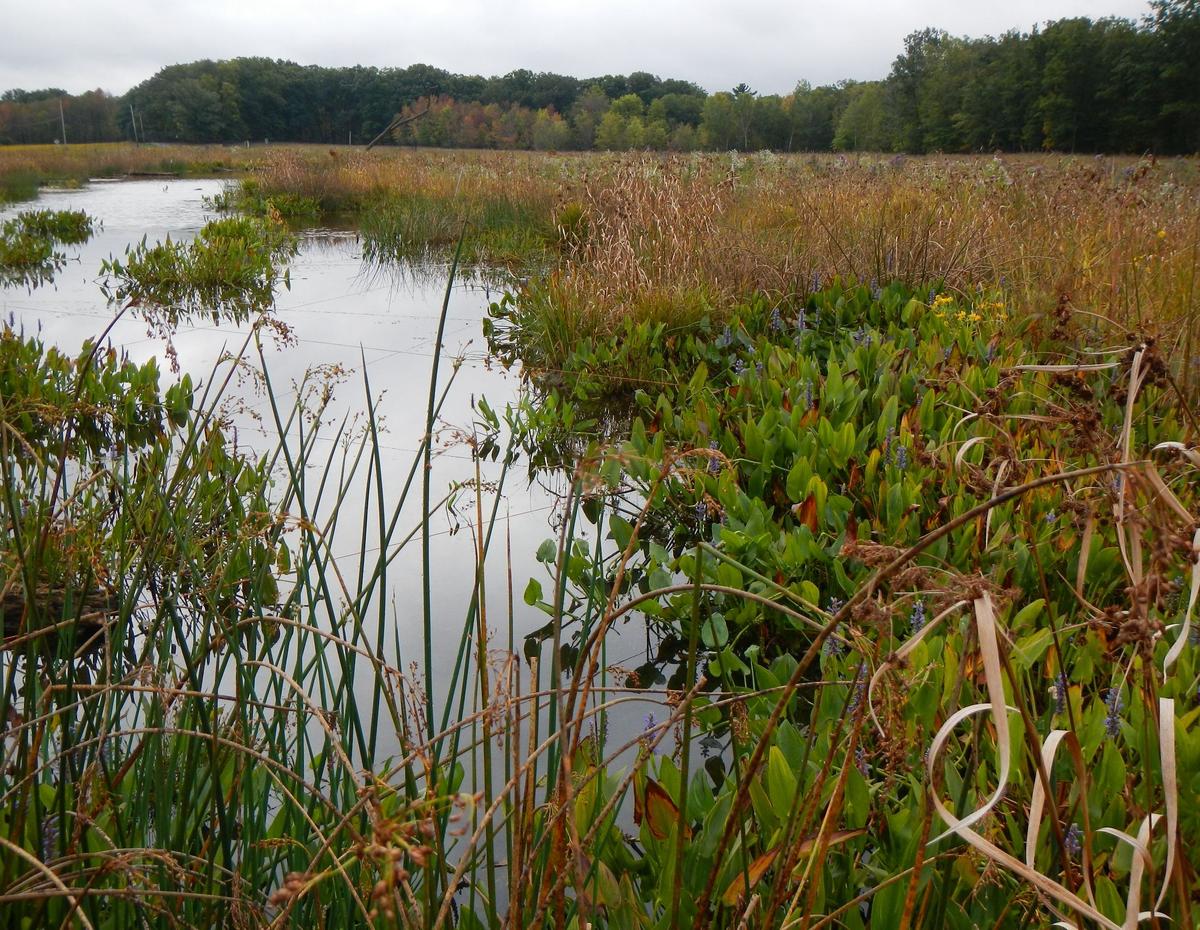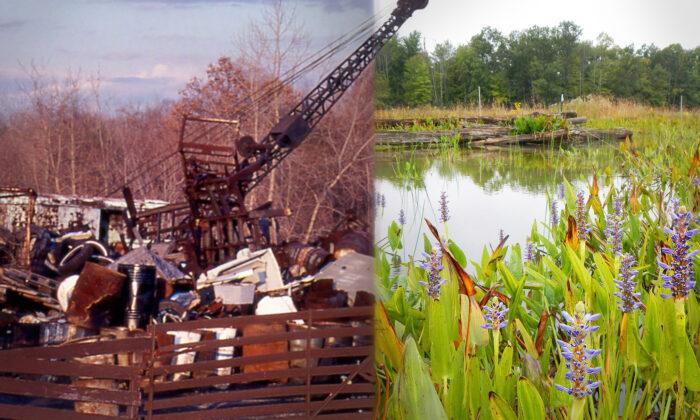When a toxic landfill in Ohio was reassigned as a recreational greenspace in the ‘70s, authorities had no idea just how massive the cleanup would be. From 1948 to 1980, the 47-acre Krejci dump had been a junk heap of old tires, garbage, noxious chemicals, and rusted cars. It would take over two decades to swap that for native flora and fauna, transforming landfill into thriving marshland, as it is today.
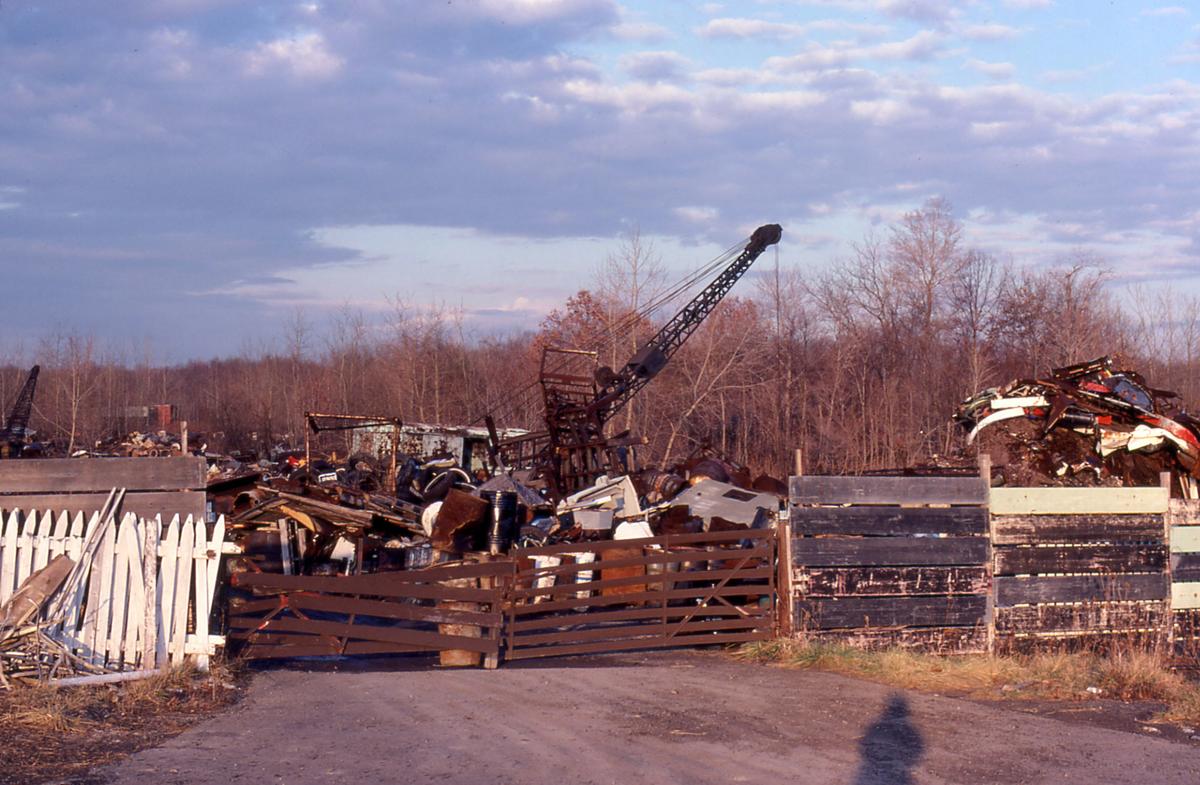
In the 1940s, Ohio’s Krejci family opened the landfill on a 200-acre site in Boston Township as a convenient dumping ground for rust belt manufacturers. This was before municipal waste management was offered.
Such sites went largely unregulated at the time. Without lining the landfill, chemicals from solid and hazardous waste leached into the soil and spread toxicity.
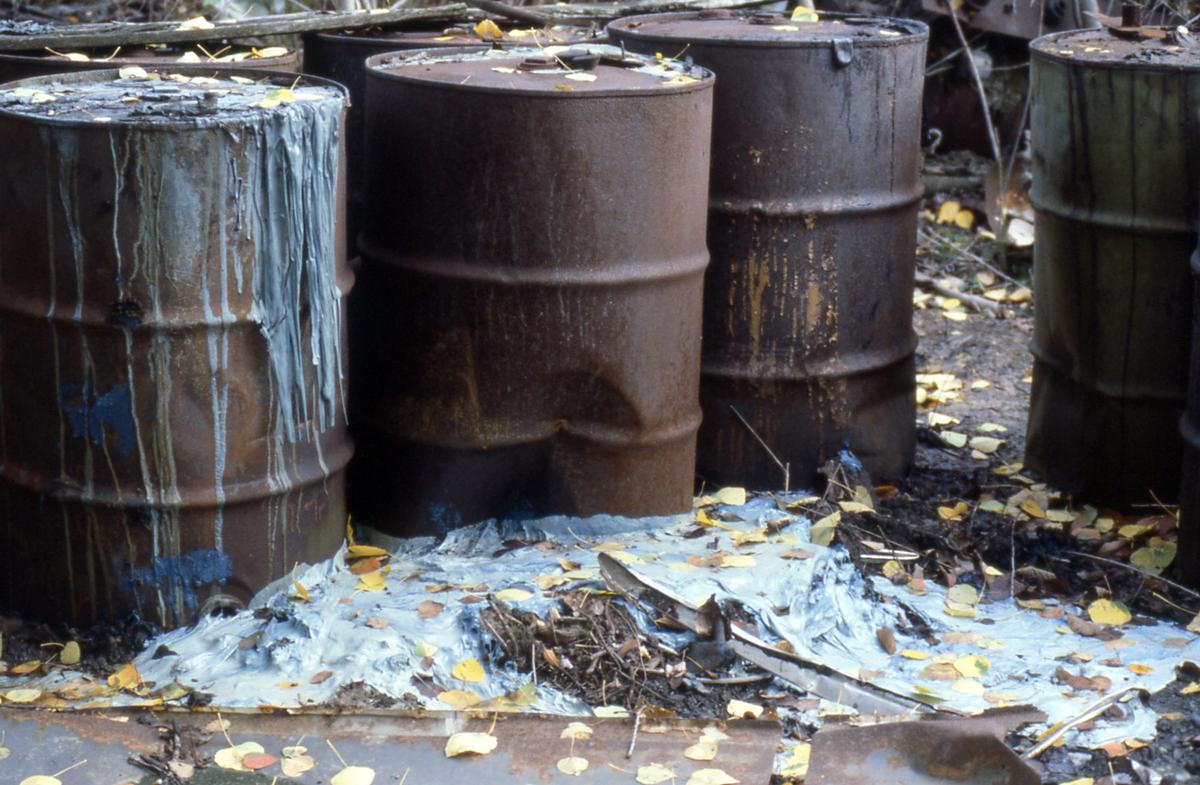
In 1974, President Gerald Ford reassigned the dumping ground as the Cuyahoga National Recreation Area, an offshoot of the U.S. Clean Water Act. Cuyahoga Valley National Park acquired the site in 1985, yet visitors began getting sick.
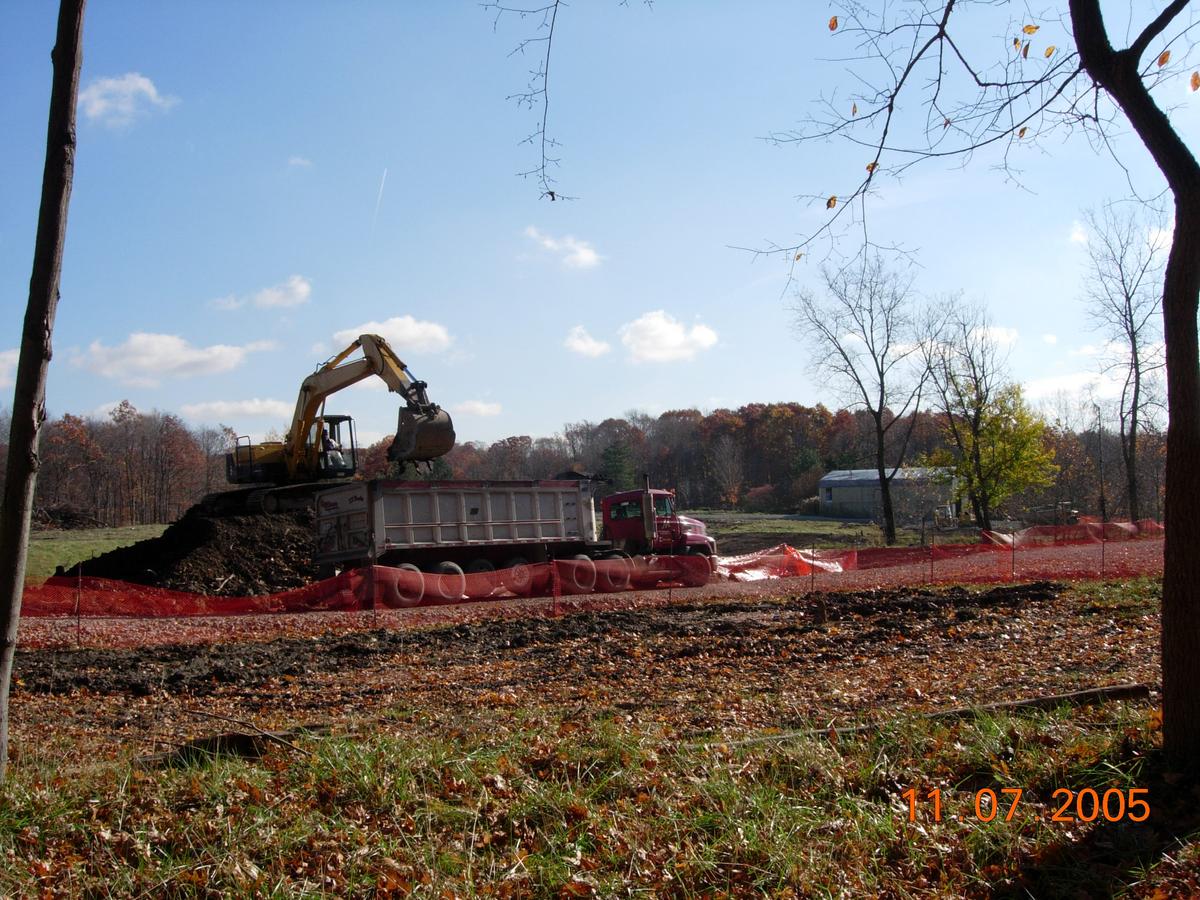
It was time for a drastic overhaul.
A former assistant attorney general for Colorado, Shawn Mulligan, was called to take companies, such as Chevron, Ford, Federal Metal Co., and Chrysler, to task on behalf of the National Park Service (NPS) using the Superfund law, which holds parties accountable for environmental damage after disposing their hazardous waste.
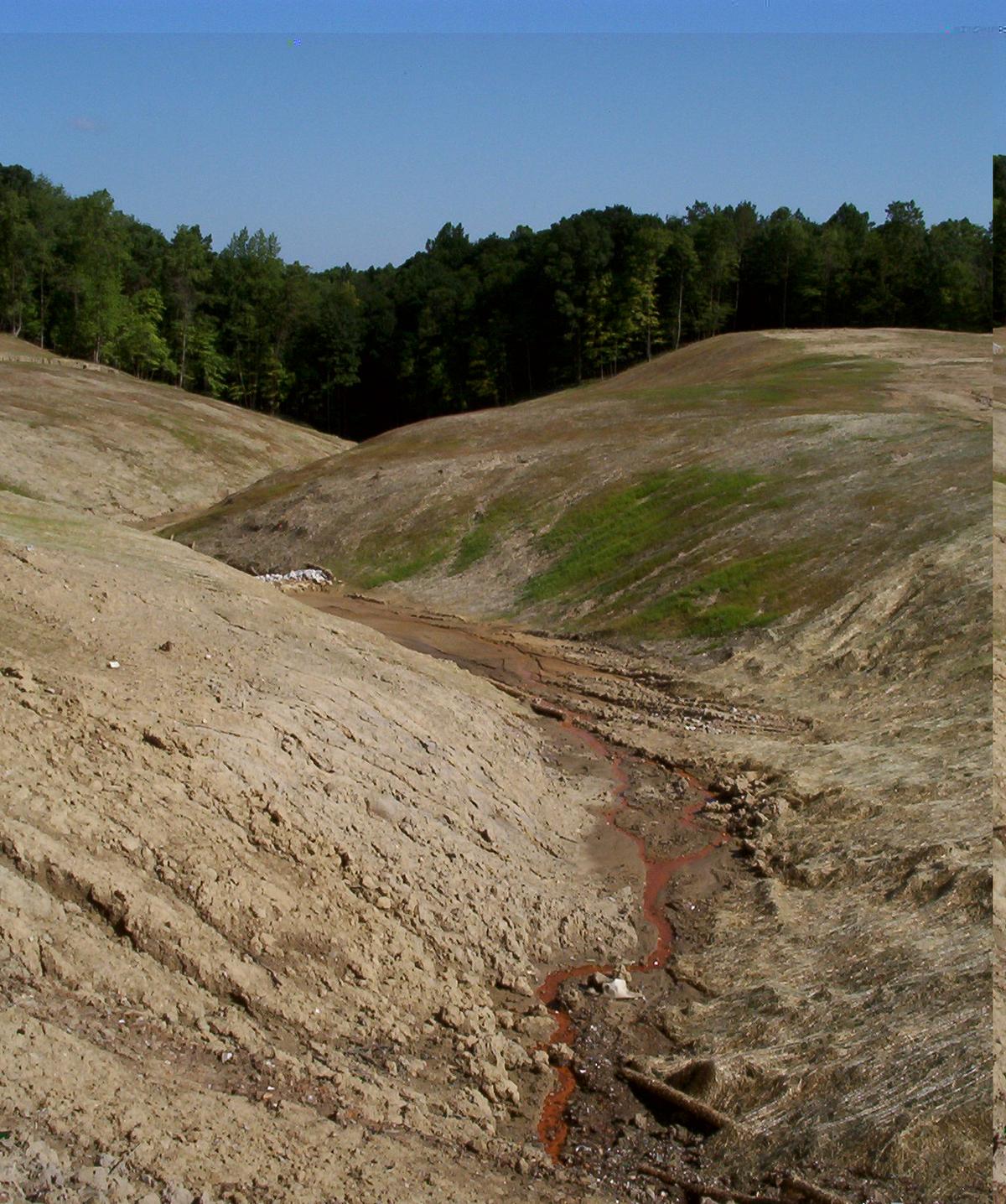
The chemical damage ran deep. It took 25 years to remove 375,000 tons of contaminated soil and debris, with diggers having to excavate waste as deep as 25 feet.
As soon as soil samples came back clear of contaminants, the grounds were landscaped to match the natural surroundings, and soon the 47-acre former dumping ground became a thriving wetland; replacing the rusted cars, old tires, industrial chemicals, paint, and pesticides were now trees and ponds filled with indigenous fish, insects, and amphibians.
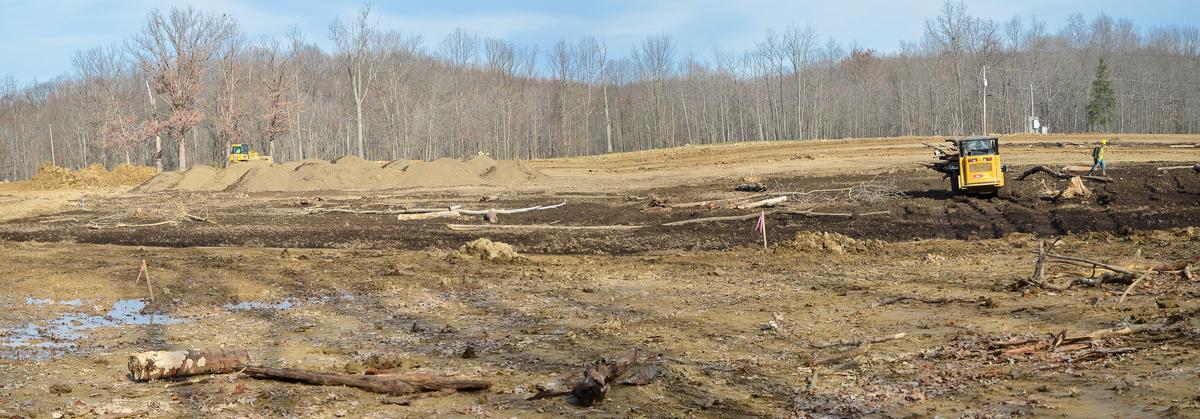
In December 2020, the NPS declared the cleanup complete. It was their most extensive and costly reclamation project to date. Photos of the restored site must be seen to be believed.
“I always say if anybody has a desire to eat dirt, this is where you come to eat the dirt. This site is clean!”
